February 2021
Unknown photographer (British)
Nude portrait
1960s?
35mm colour slide
This is the second part of my posting on 88 colour slides of nude women that I bought in Daylesford (an hour and a half from Melbourne) at an antique centre. I have spent hours digitally restoring these slides for they were in a poor state. Unfortunately the colour has gone but I felt the slides were so interesting, so beautiful, that they were worth preserving.
Compared to the women in Part 1 of the posting, the women in these photographs are more knowing of their sexuality and the part they are playing in their own representation, the acting for the camera. Even so, there is nothing prudish or smutty about these photographs. Despite the professional? amateur? photographer being almost certainly male (and all the appellations that the male gaze brings with it), the women are joyful when displaying their bodies, unafraid and uninhibited in the posing of their bodies before the camera. Here “the enshrining of Woman as a blank screen upon which the ideas and desires of both artist and viewer are projected” is balanced by the identity, presence and vitality of the women themselves. They take possession of their image, not simply as passive participants in the act of representation, but as active, engaged, powerful human beings who have a vital role in their own portrayal.
This selection features images that have a more British flavour including shots in a traditional back garden of an English house with lawn, crazy paving and roses (reminding me of my mother’s garden). Other photographs are shot in a flat – one in front of curtain, another using flash in a temporary studio made from rolls of paper hung down behind the model. Further photographs are shot in what looks like a rental bedsit using flash – against a door with the edge of the bed appearing at left, or in a small bedside mirror with overhead light, guest instructions for the room appearing at left. One can only surmise the arrangements made for the model and photographer to meet up in such a small, dingy space. Did they know each other beforehand, was money exchanged, did they have sex afterwards or part without ever seeing each other again, and what was going on in each of their lives, that they ended up in this space at this time for these photographs? What brought them to this place, and what happened to their lives afterwards? One can only surmise…
The setting of domestic suburbia is prevalent in many of these intimate images. Women lie on couches with cats; sit on a stool surrounded by chair, curtain and floral carpet; and are photographed as a pair using numerous props including a chair and a table covered with a bedspread, while on the ground a blanket is laid on the carpet for them to sit on. It’s all very amateur and experimental, using whatever surroundings and objects were available. My personal favourite is a magnificent woman, head titled down and away from the camera, strong dark shadow with the profile of a classical bust falling on the bed and wall behind, flattening the space of the image. Three Vincent van Gogh posters are tacked to the wall of the habitat behind: beauty and bed meets beauty and bed, that of van Gogh’s The Bedroom Arles 1888 (see below). I wonder what Vincent would have made of this Venus, how he would have painted her.
At the bottom of the posting you can see examples of naturist magazines, for the posing in these photographs has historical links to the history and photography of naturism (naturism is a lifestyle of non-sexual nudity, and the cultural movement which advocates for and defends that lifestyle). Of particular interest to me are the advertisements for the “Spielplatz” in St Albans, for my mother was a member for many years at this nudist retreat in the heart of Hertfordshire, owning a caravan and enjoying the summer months in England swimming and sunbathing nude. The Spielplatz (meaning playground) – “the place to be when you have nothing on” – is the UK’s longest-operating naturist resort founded in 1929 by Charles Macaskie and his wife Dorothy, and still going strong. Other magazines, such as the Australian Figure and Vigour (A Controversial Periodical Devoted to Fearless Fact … SEXOLOGY – ART – THEATRE – BEAUTY) and Australasian Post concentrate on the more salacious side of sex and the portrayal of the female body (for the desires of men): ‘ARE WE SLAVES TO SEX?’ screams the headline, and ‘IS OUR SOCIETY SEX-SICK?’ or, ‘SPANKED WOMEN! * YOU’LL BE SHOCKED! Meekly, at the word of a cruel husband or parent, they submit themselves to pain and utter humiliation!’ Meekly – there is the key word (in a quiet, gentle, and submissive manner) – women become subservient to men, submitting themselves to pain and humiliation not just from a husband, but even a parent. This is so wrong on so many levels.
Titles such as “The Triumph of Naturism”, “Health and Efficiency” “Health and Sunshine” emphasise the link between nature, the body and the machine, how a healthy body promotes a healthy mind, all the while lurking in the background are half-remembered links to the discredited science of eugenics (a set of beliefs and practices that aim to improve the genetic quality of a human population, historically by excluding people and groups judged to be inferior or promoting those judged to be superior) and to the 1935 Nazi propaganda film directed, produced, edited, and co-written by Leni Riefenstahl titled Triumph of the Will, which chronicles the 1934 Nazi Party Congress in Nuremberg, which was attended by more than 700,000 Nazi supporters. Meanwhile, portrayals of the male body in some of the very same magazines concentrate on the mightiest men of muscledom, bulging pinups and masters of muscle. A youthful Arnold Schwarzenegger (photographed by that wonderful artist Gregor Arax) poses in all his glory for these physical culture magazines, as does a very young Sean Connery – the muscular phallic body of the muscle gods transferring across to the desirability and availability of such a body in gay porn photographs from the 1970s. As they say in ‘Master of muscle’, “It begins with a picture…”
Dr Marcus Bunyan
Please click on the photographs for a larger version of the image. View Part 1 of the posting.
Addendum November 2021
On 30 October 2021 I received a wonderful email from Miss Ulrike Muehlbachler in Austria. She gave me some valuable information with regard to these colour slides as below:
“All of them should be digitalised at the highest possible resolution as soon as possible. 1960’s colour slides now tend to chemical reactions – which destroys the images more and more through the years (this has been done!)
1/ The blond model is Annette Johnson. For more information on Annette Johnson please see The Kamera Club website.
2/ The voluptuous woman is UK-model Ann Austin. For more information on Ann Austin please see The Kamera Club website.
Best regards from old Austria, Europe
Miss Ulrike Muehlbachler – painting artist, music producer & former stock photographer”
More valuable information came from Russ who runs The Kamera Club website:
“The slides seem to be a mixture of models from different countries including the UK, as I can name a few. Also I’d say that although several of the models posed for Harrison Marks none of the shots are taken by him. They were originally published as sets under ‘Esquire Color Slides’ and were notorious for going red!
They were not taken at Ewhurst Manor [a legendary UK-filming location at 37 Furzehill Road, Borehamwood used for “glamour” photography, now sadly totally demolished], at least those I’ve seen taken in the gardens. I know the grounds of Ewhurst fairly well having studied numerous images of the place over the years. I can safely say there wasn’t a walled round pond there 🙂
I will need to look through the slides again, but I can see Sue Owen, Models named Robyn and Georgina and a few others I recognise.
These slides seem to turn up all over the place, so the distribution must have been pretty good even back in the 1960’s.
Russ”
Unknown photographer (British)
Nude portrait
1960s?
35mm colour slide
Unknown photographer (British)
Nude portrait
1960s?
35mm colour slide
Unknown photographer (British)
Nude portrait (1)
1960s?
35mm colour slide
Unknown photographer (British)
Nude portrait
1960s?
35mm colour slide
Unknown photographer (British)
Nude portrait
1960s?
35mm colour slide
Unknown photographer (British)
Nude portrait
1960s?
35mm colour slide
Unknown photographer (British)
Nude portrait
1960s?
35mm colour slide
Unknown photographer (British)
Nude portrait (Annette Johnson)
1960s?
35mm colour slide
Unknown photographer (British)
Nude portrait (Annette Johnson and friend)
1960s?
35mm colour slide
Unknown photographer (British)
Nude portrait (Annette Johnson and friend)
1960s?
35mm colour slide
Unknown photographer (British)
Nude portrait (Annette Johnson and friend)
1960s?
35mm colour slide
Unknown photographer (British? Australian?)
Nude portrait
1960s?
35mm colour slide
Unknown photographer (British? Australian?)
Nude portrait
1960s?
35mm colour slide
Unknown photographer (British? Australian?)
Nude portrait
1960s?
35mm colour slide
Unknown photographer (British? Australian?)
Nude portrait
1960s?
35mm colour slide
Unknown photographer (British? Australian?)
Nude portrait
1960s?
35mm colour slide
Unknown photographer (British? Australian?)
Nude portrait
1960s?
35mm colour slide
Unknown photographer (British? Australian?)
Nude portrait
1960s?
35mm colour slide
Unknown photographer (British? Australian?)
Nude portrait
1960s?
35mm colour slide
Unknown photographer (British? Australian?)
Nude portrait
1960s?
35mm colour slide
Unknown photographer (British? Australian?)
Nude portrait
1960s?
35mm colour slide
Unknown photographer (British? Australian?)
Nude portrait
1960s?
35mm colour slide
Unknown photographer (British? Australian?)
Nude portrait
1960s?
35mm colour slide
Unknown photographer (British? Australian?)
Nude portrait
1960s?
35mm colour slide
Unknown photographer (British? Australian?)
Nude portrait
1960s?
35mm colour slide
Unknown photographer (British? Australian?)
Nude portrait
1960s?
35mm colour slide
Unknown photographer (British? Australian?)
Nude portrait
1960s?
35mm colour slide
Vincent van Gogh (1853-1890)
The Bedroom
Arles, October 1888
Oil on canvas
72.4 cm x 91.3 cm
Van Gogh Museum, Amsterdam
While he was in Arles, Van Gogh made this painting of his bedroom in the Yellow House. He prepared the room himself with simple furniture and with his own work on the wall. The bright colours were meant to express absolute ‘repose’ or ‘sleep’. Research shows that the strongly contrasting colours we see in the work today are the result of discolouration over the years. The walls and doors, for instance, were originally purple rather than blue. The apparently odd angle of the rear wall, meanwhile, is not a mistake on Van Gogh’s part – the corner really was skewed. The rules of perspective seem not to have been accurately applied throughout the painting, but this was a deliberate choice. Vincent told Theo in a letter that he had deliberately ‘flattened’ the interior and left out the shadows so that his picture would resemble a Japanese print. Van Gogh was very pleased with the painting: ‘When I saw my canvases again after my illness, what seemed to me the best was the bedroom.’
Text from the Van Gogh Museum website [Online] Cited 21/02/2021
Unknown photographer (British? Australian?)
Nude portrait
1960s?
35mm colour slide
Unknown photographer (British? Australian?)
Nude portrait
1960s?
35mm colour slide
Unknown photographer (British)
Nude portrait
1960s?
35mm colour slide
Hanimex slide carousel and box
35mm colour slide
Unknown photographer (British? Australian?)
Nude portrait
1960s?
35mm colour slide
Unknown photographer (British? Australian?)
Nude portrait
1960s?
35mm colour slide
Unknown photographer (British? Australian?)
Nude portrait
1960s?
35mm colour slide
Unknown photographer (British? Australian?)
Nude portrait
1960s?
35mm colour slide
Unknown photographer (British? Australian?)
Nude portrait
1960s?
35mm colour slide
Unknown photographer (British? Australian?)
Nude portrait
1960s?
35mm colour slide
Unknown photographer (British? Australian?)
Nude portrait
1960s?
35mm colour slide
Unknown photographer (British? Australian?)
Nude portrait
1960s?
35mm colour slide
Unknown photographer (British? Australian?)
Nude portrait
1960s?
35mm colour slide
Unknown photographer (British? Australian?)
Nude portrait
1960s?
35mm colour slide
Unknown photographer (British? Australian?)
Nude portrait
1960s?
35mm colour slide
Unknown photographer (British? Australian?)
Nude portrait
1960s?
35mm colour slide
Sun Bathing Review
Summer 1949
Rosemary Andrée
My life story
1945
Eve in the Sun
about 1956
“Are We Slaves to Sex?”
Figure and Vigour Vol. 1, No. 5
November 1952
Sun Bathing Review
Autumn 1955
“Spanked Women!”
Australasian Post
December 8 1955
Sunbathing For Health
January 1956
Health And Efficiency
February 1956
Health And Efficiency
February 1957
Adverts for Photographic Art Albums
The Naturist Vol. XX, No. 7
June 1957
The Naturist Vol. XX, No. 10
September 1957
Sun Bathing Review Vol. 16, No. 61
Spring 1958
The Naturist Monthly Vol. XXII, No. 3
February 1959
Advert for Nudist Life at Spielplatz by Charles Sennet.
The Naturist Monthly Vol. XXII, No. 3
February 1959
Spielplatz
1/ playground
2/playing field
Herbert Rittlinger (German, 1909-1978)
“An Island Paradise”
Health and Sunshine
Special Edition XIV
1960s
Herbert Rittlinger was not only known for his writing. His photographic work is equally popular. He dealt with nude photography in the sense of naturism. He also published several photo textbooks and illustrated books. For years he was also the author of a monthly column on the subject of “nude photography” in the photo magazine. From 1963 until his death he was a member of the DGPh (German Society for Photography). Above all, he dealt with the subject of water sports in photography and writing.
In many of his books, he joined committed to nudism a (nude), even in the more prudish 1950s. Rittlinger wrote as early as 1950 about the then disreputable term “nudity culture”:
“But to apply this beautiful expression to the very simple, very natural and in the appropriate place quite often practiced nudism, or to the honest nudist groups (many of their members are not by chance canoeists!) With their […] free and sporty and clean atmosphere – is impolite and, at best, shows gross ignorance. Only – the obscenity of the philistine is by no means “impolite” anymore, but rather malicious! “Naturism” (FKK) is also not a happy word. But it has asserted and naturalised itself from the distance to all speculative machinations. From the proper sportswear to Petrarcaup to here the jump is not that big: Our shores of the sun also call for ultimate physical freedom. What the gift of nudity in the air and sun means for women in particular, who withdraw three quarters of their bodies from the vital demand “let air on their skin”, even when doing sport, will be best appreciated by them. Fortunately, under the thicket of narrow and conventional convention, most people have enough cleanliness of sensation to enjoy fresh naturalness. In the face of venerable, dreamy Moselle towns, or under the peering amused or even evil glances of the honest rural population, any unintended challenge is strictly forbidden, if only for reasons of [good …] taste. But if you are in a lonely area.” ~ The new school of canoeing. River-sea-whitewater-open-air life. p. 295.
Herbert Rittlinger’s text and images in the “Sun Friends” and “HELIOS” magazine described the ideal opportunities to combine canoeing with naturism. So also the special editions written and illustrated by Rittlinger: “Dalmatian Summer”, “We moved to Friuli” and “Sun trip to Provence” from these then leading nudist publishers.
Text translated from the German Wikipedia entry
Hans-Joachim Fritzsch
“Naked in the Sun”
Health and Sunshine
Special Edition XIX
1960s
Health and Sunshine
1960s
Health and Efficiency
April 1960
Australasian Post
Jan 28 1965
“Topless Girl Tells”
Australasian Post
Jan 28 1965
“I am a nudist” from Australasian Post
November 18, 1965
New Zealand Naturist Magazine #39
June 1966
Naturism Nudism Adult Pamphlet
Australasian Post
July 27 1967
Photos by Arax (Krikor (Gregor) Djololian – Studio Arax)
Australasian Post
November 9 1967
Australasian Post
November 9 1967
Australasian Post
November 27 1969
Australasian Post
May 29 1969
Sun & Health Limited (Publisher)
Frank Stephens (Editor)
Sun Seeker No. 190
1 Jan 1970
Sun Lovers First Bumper Book
Jan 1972
Health And Efficiency Number 851
March 1972
Photographs from GAY magazine
mid-1970s
Barry Lowe papers
© Australian Queer Archives
With permission

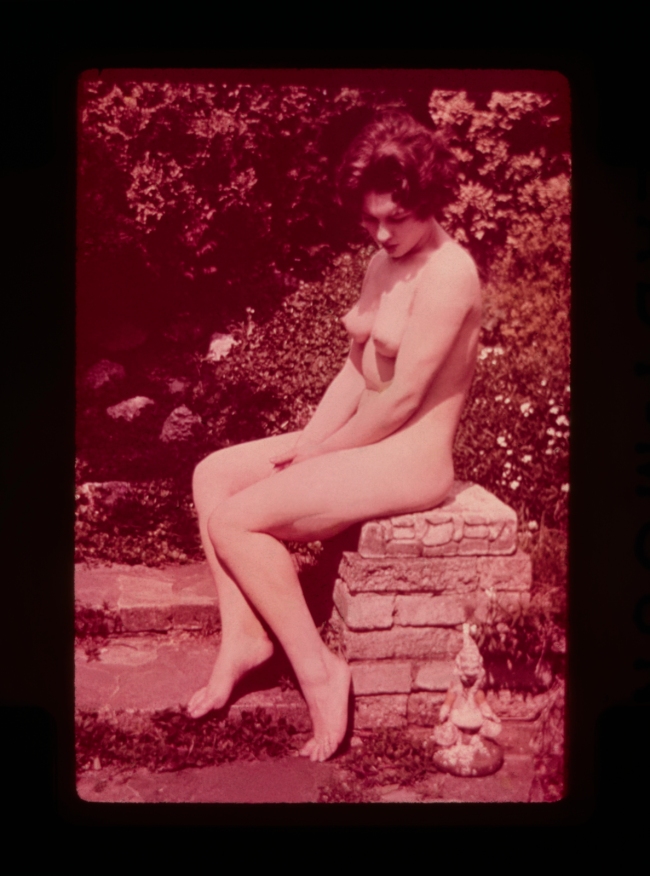


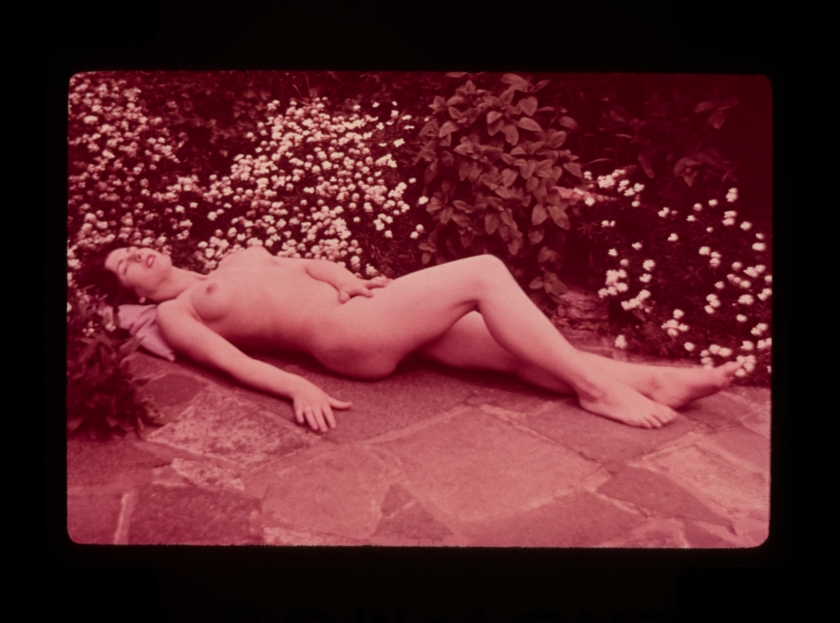












































































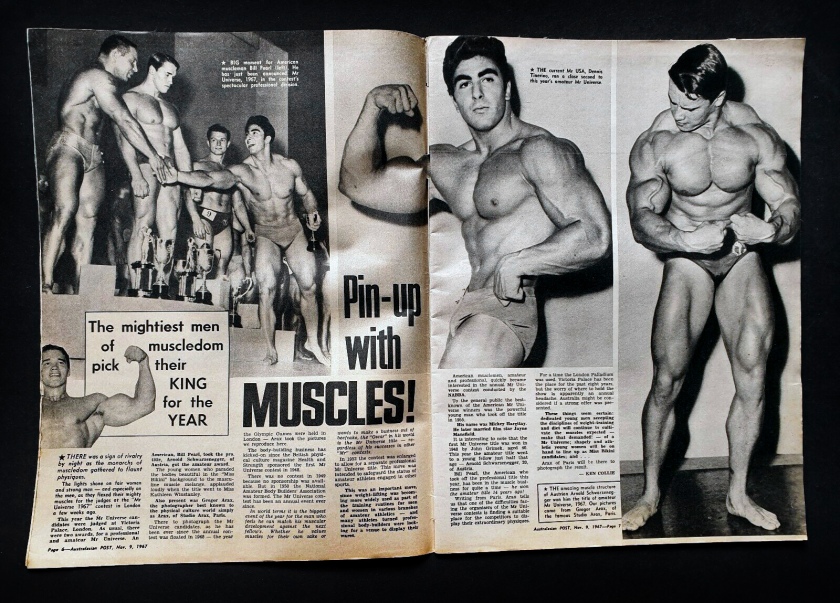











































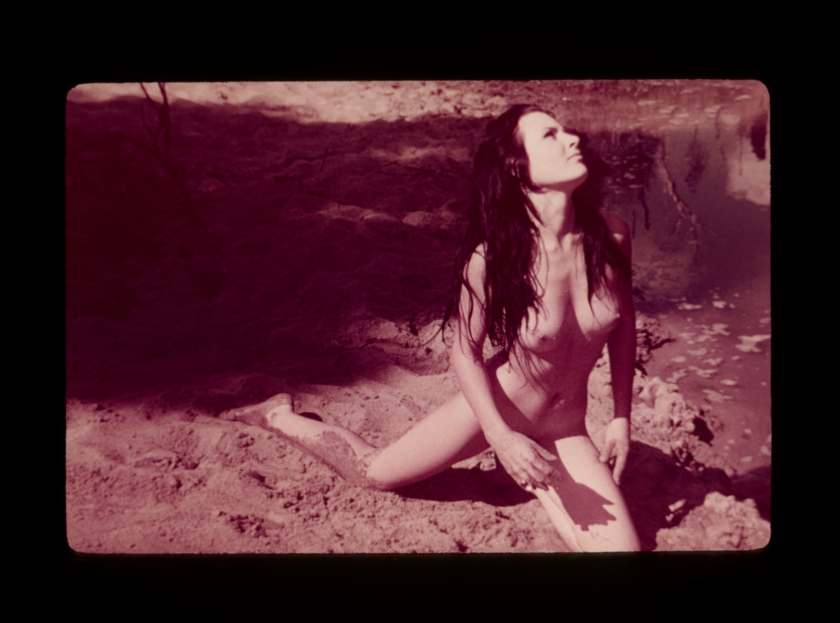




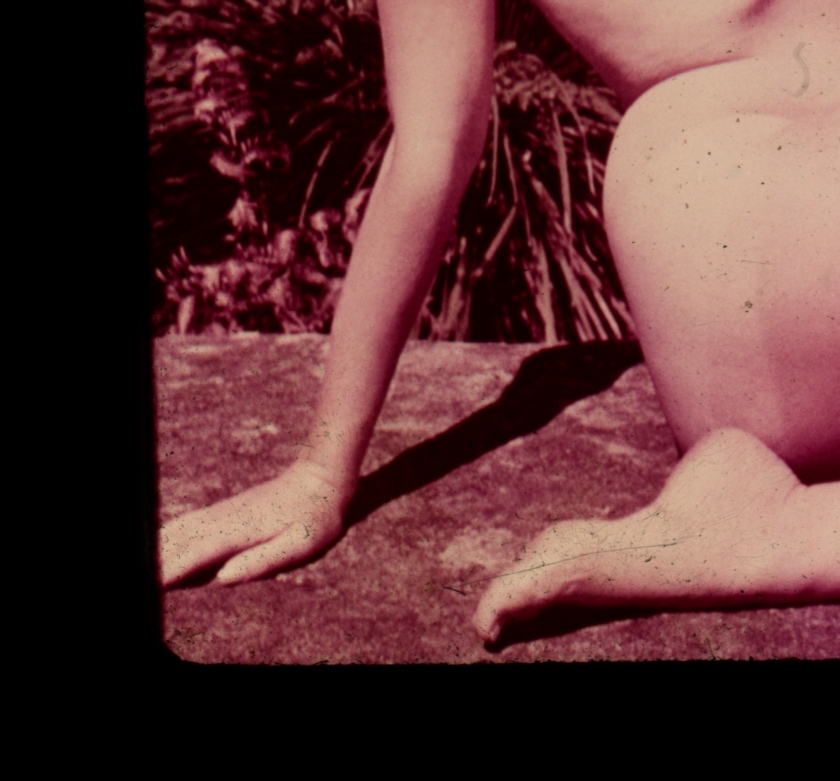
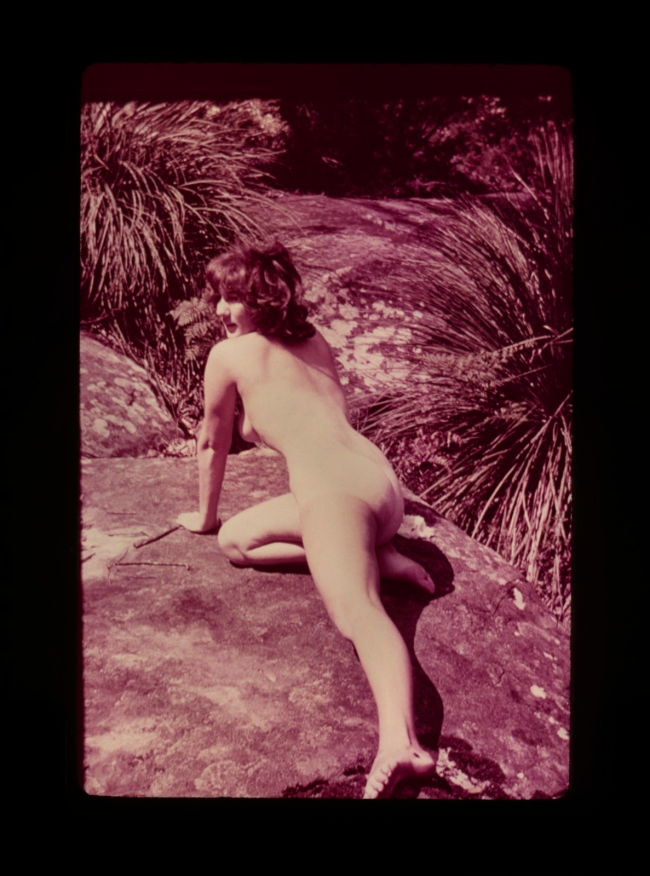









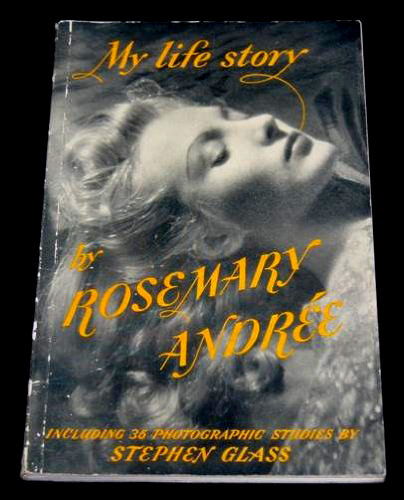



You must be logged in to post a comment.